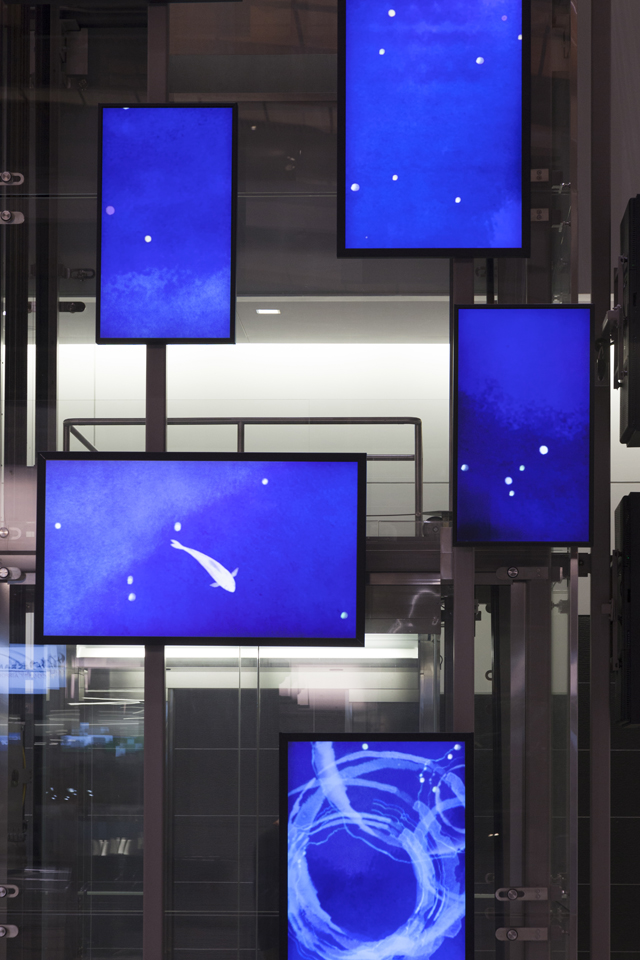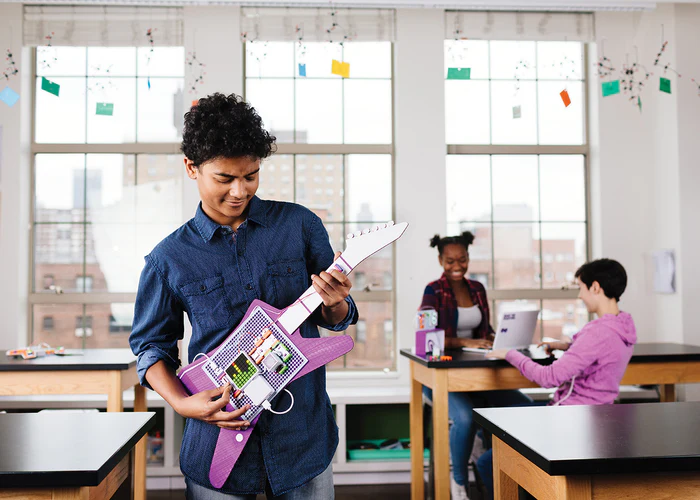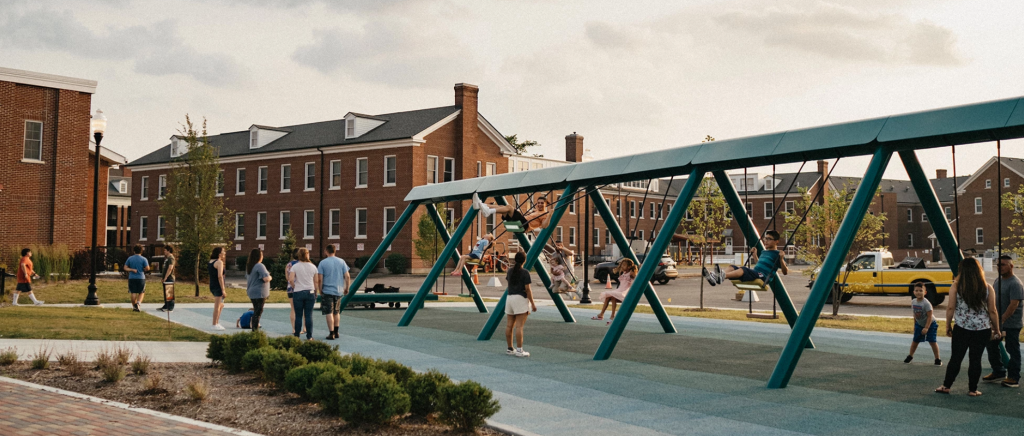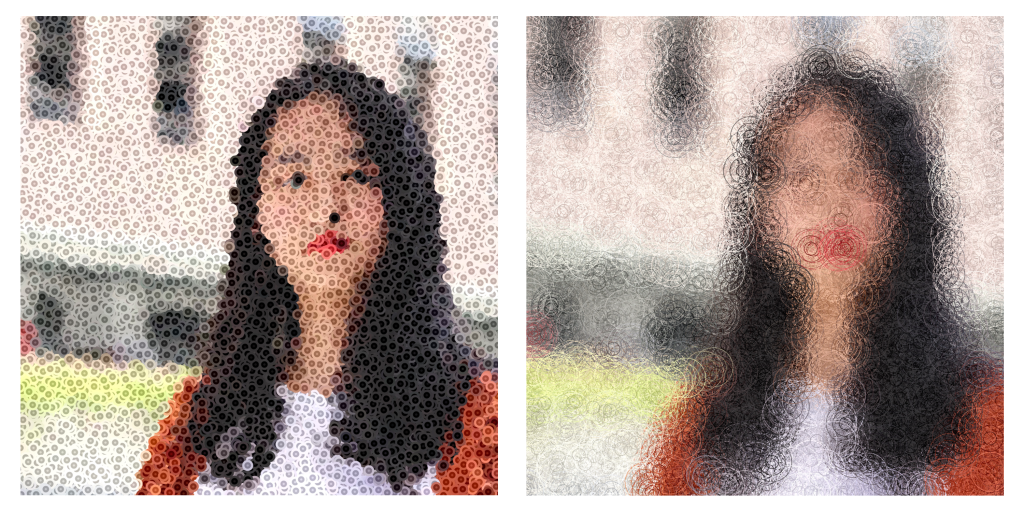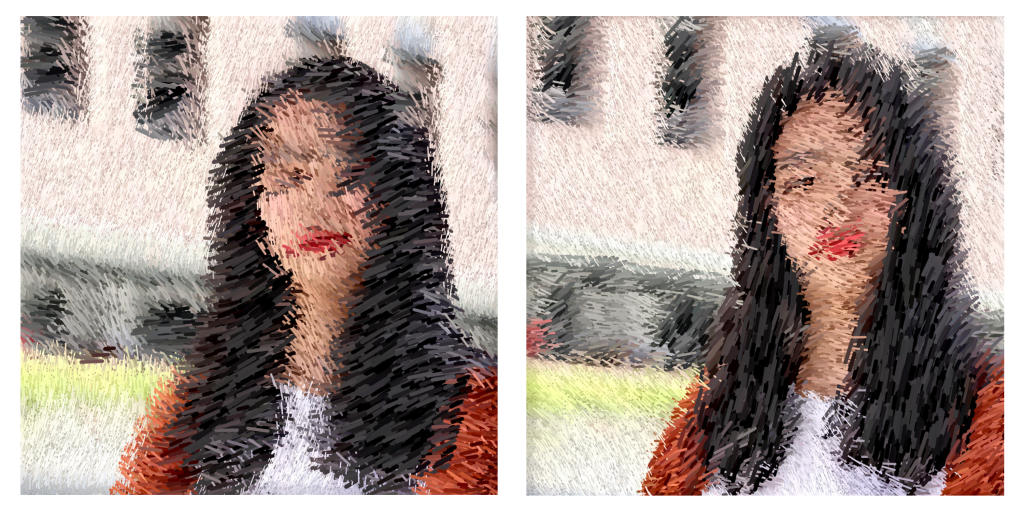Sinew Flex is a responsive installation by architect Jenny Sabin. Jenny Sabin is an architect using a computational techniques to create experimental form, bringing new perspectives to ways we see structures around us. She studied interdisciplinary visual art for bachelors and architecture for masters degree. Since she specializes in adaptive architecture, material computation, and biomimicry, most of her works contain bioinspired design created through knitting of responsive fibres. Similarly, Sinew Flex, a 2 story double canopy structure connected with a central bifurcated tubular form, is mathematically generated and activated by digital knitting process and light.The responsive fibres used in the structure change color and glow in response to an integrated lighting system and changing programs. She employs artificial intelligence to translate the data from environment into an immersive and interactive light and color. Also, the inhabitable structure provides various points of engagement; transformational views when audience descends the stairs, pause, productivity, and reflection at the base of the sculpture. I admire how she breaks down the barriers of disciplines and create a integrated work of engineering, architecture, biology, and mathematics. Especially, how she branches “knitting” into structural and architectural applications is very creative and compelling as it’s not a common material used in architecture.
https://www.jennysabin.com/sinewflex

![[OLD SEMESTER] 15-104 • Introduction to Computing for Creative Practice](../../../../wp-content/uploads/2023/09/stop-banner.png)

